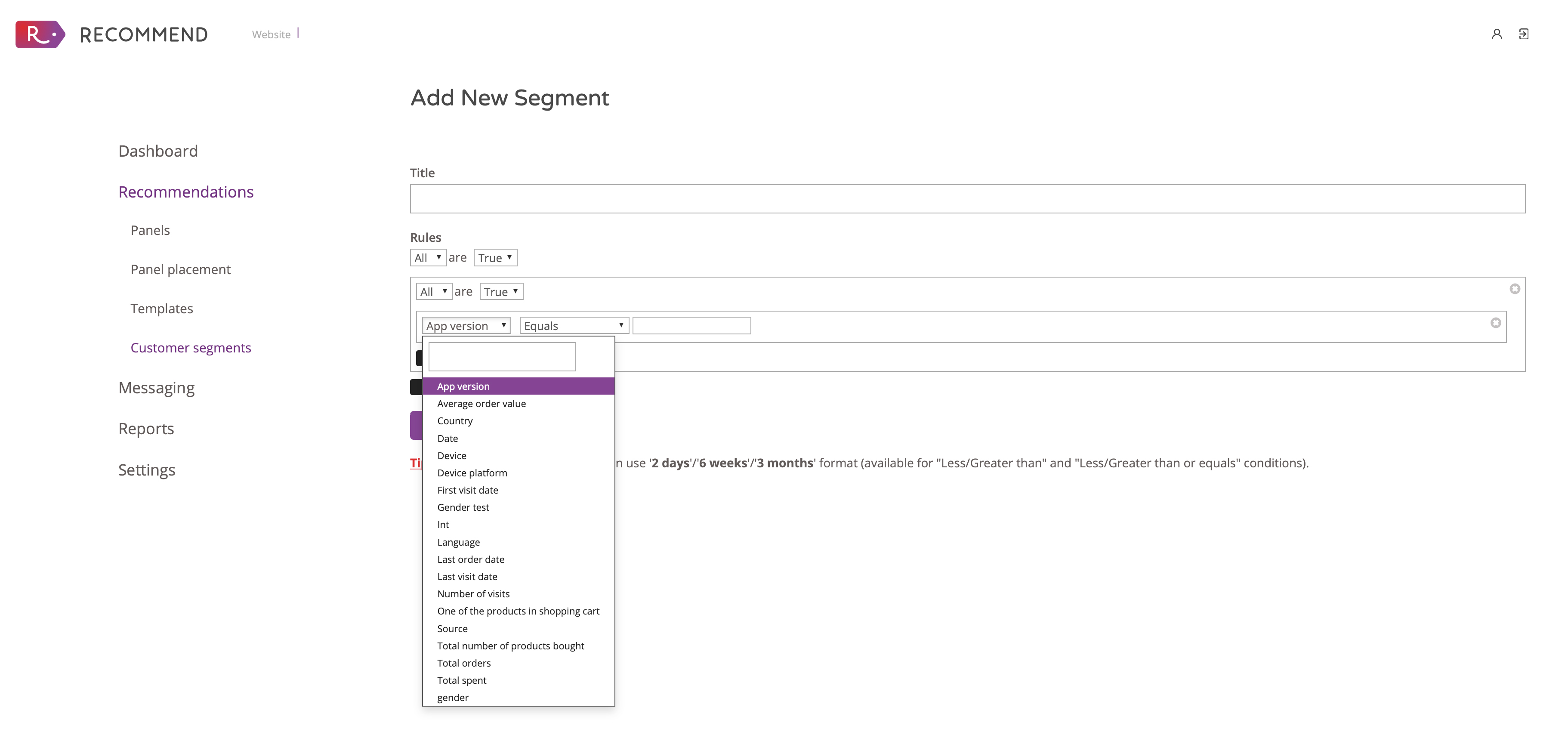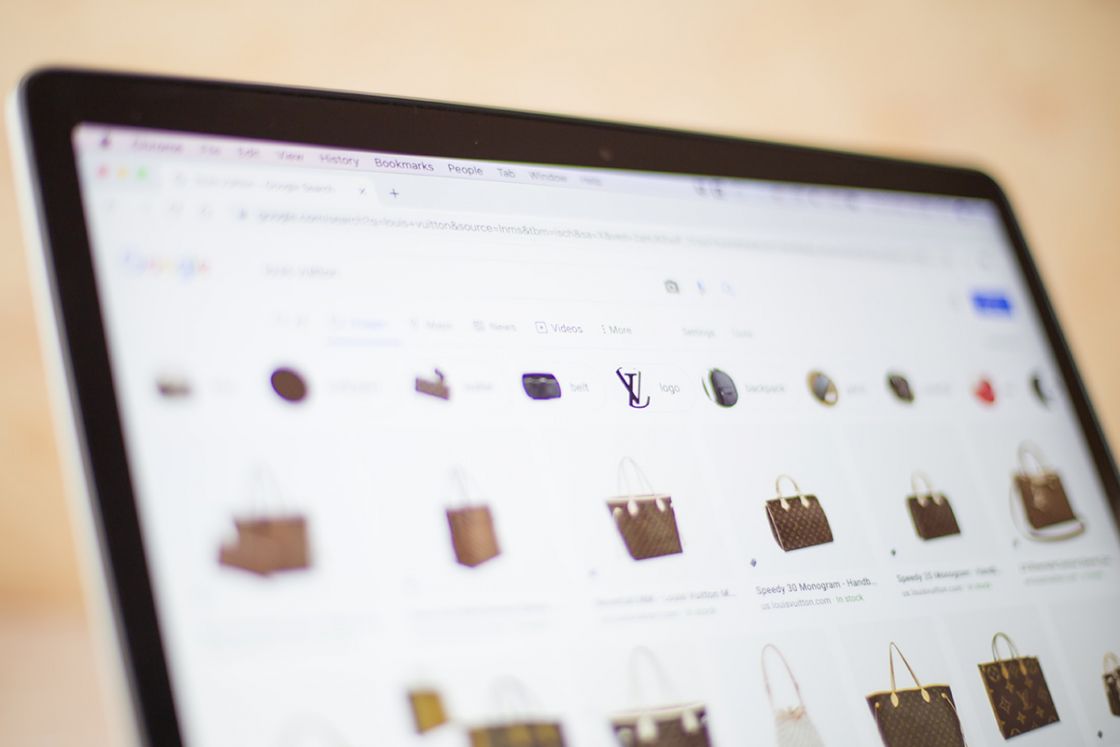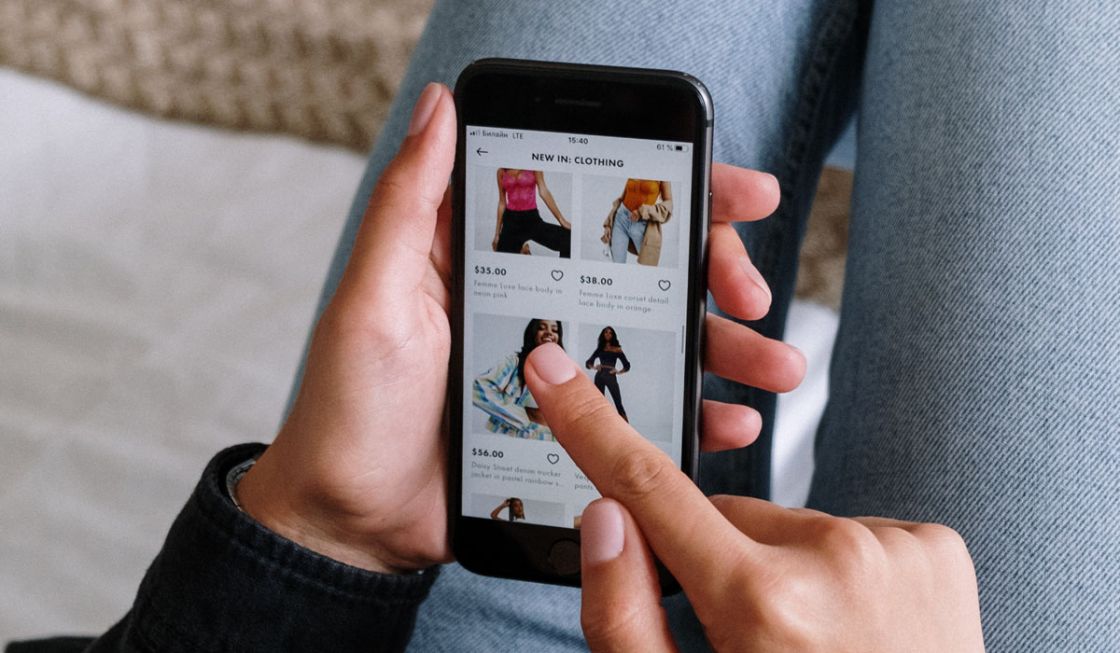Customer segmentation and why your brand should use it

For a long time, the strategy of one-fit-for-all has been used in marketing. A lot of brands consider that applying a generic plan for their audiences is more than enough to get some results. However, with the rise of personalisation, customers have become more demanding and customer segmentation a priority. In fact, a significant percentage of users would be willing to stop buying from certain brands if they feel that their communications are impersonal and not relevant.
If you don’t take into account the difference among your customers, you are losing an opportunity to entrench your relationship with your users. Your business not only consists of selling products and services. It is also about nurturing the interaction with your visitors daily by taking into consideration who they are, what they want, and how they can get it. Here’s when customer segmentation takes place.
Let’s take, for instance, a fashion retail brand. The general audience of the brand are women between 25-40 years old. However, those women do not necessarily look for the same type of clothing or brands. If this brand tends to send email marketing campaigns with generic content, it is probably that part of that audience won’t interact with the campaign. That’s why having customer segments let you communicate with the right person at the right time, improving your user engagement, conversion rate and overall profits.
Creating customer segments in Recommend
If you have Recommend as your personalisation platform, you can create several customer segments following a diverse of criteria. Our software, powered by AI, can analyse website visitors and existing customers data to predict purchase behaviours and help you improve your marketing strategy and communications. By creating the right segmentation, you can personalise your content and make it relevant for that particular audience.
When you go to your dashboard, you can find the customer segmentation feature under “Recommendations”. These new customer segments can be created based on different criteria. For instance, the mobile app version (this means, this person can receive push notifications), average order value (so you can identify the user who spends the most), or date of their last purchase, their first or last visit, country, device, etc.

How to apply the smart segmentation
Once you have created your customer segments, you are ready to develop specific campaigns for these particular audiences. For example, for first-time visitors, you can show trending products or best sellers. For high-spenders, you can create campaigns with your premium products or send them special promotions. Your iOS and Android users have different ways to interact with their smartphones. Based on their OS, you can send them messages that take into consideration those patterns, and so on.
Some general ways to use smart segmentation in your marketing strategies are the following:
1) Identify customers most likely to buy again
Acquiring new users and subscribers is always essential. Not only to increase the size of your database but also to reach new people. However, acquiring new users is 50% more expensive than retaining your current customers. Instead of spending all your budget on new customers, identify your dormant users and create specific campaigns to make them buy again. Same with new users, by creating email automation to follow their journey and identify the right time to offer them a special offer, it’s more likely that they will buy from you again.
2) Convert promotional buyers into repeat buyers
If you acquired new users during the holiday season, it’s probably that those users haven’t bought anything from you since then. Convert those promotional buyers into customers by creating a particular segment. Invite them to come back to your site by using a special discount. While it’s not advisable to keep on giving bigger and bigger discounts, you can bundle products or find more creative ways to sell more.
3) Create country- or gender-specific offers for buyers
By having the option to choose a country or even gender to create customer segments, you can take your marketing efforts even further. By using these criteria, you can personalise your communications and your promotions having those users in mind and taking advantage of their specific information or interests. For example, the seasons in Spain and Argentina don’t happen at the same time. Summertime in Argentina is winter in Spain. Thus, your segmentation and promotions should consider that, among other characteristics.
4) Hyper-personalisation for the win
The most segmented is your audience, the more efficiently the personalisation can be applied. Don’t fall for the generic demographic feature, instead be dare to go deeper and be hyper-specific. Target your audience by time, device, gender, order value. Do some A/B testing with your communications and transactional messages. Send specific campaigns to certain segments. Don’t be afraid to lose some customers if they aren’t really doing anything with your brand. Remember, more than 77% of consumers have chosen, recommended, or paid more for a brand that provides a personalised experience.


